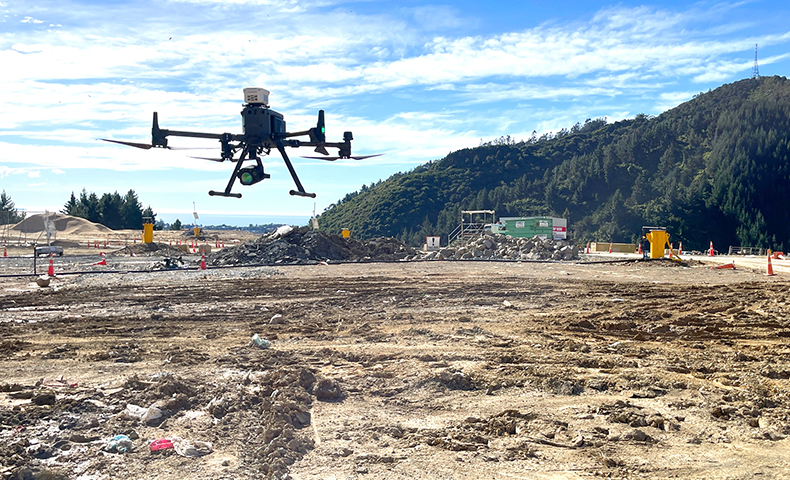Xboom.in offers advanced drone solutions for the oil and gas industry, enabling fast, safe, and cost-effective inspections. From pipeline monitoring to flare stack analysis, our drones deliver high-resolution visuals and thermal data. Boost efficiency, reduce risks, and modernize operations with our expert guidance, industrial-grade drones, and reliable after-sales support.
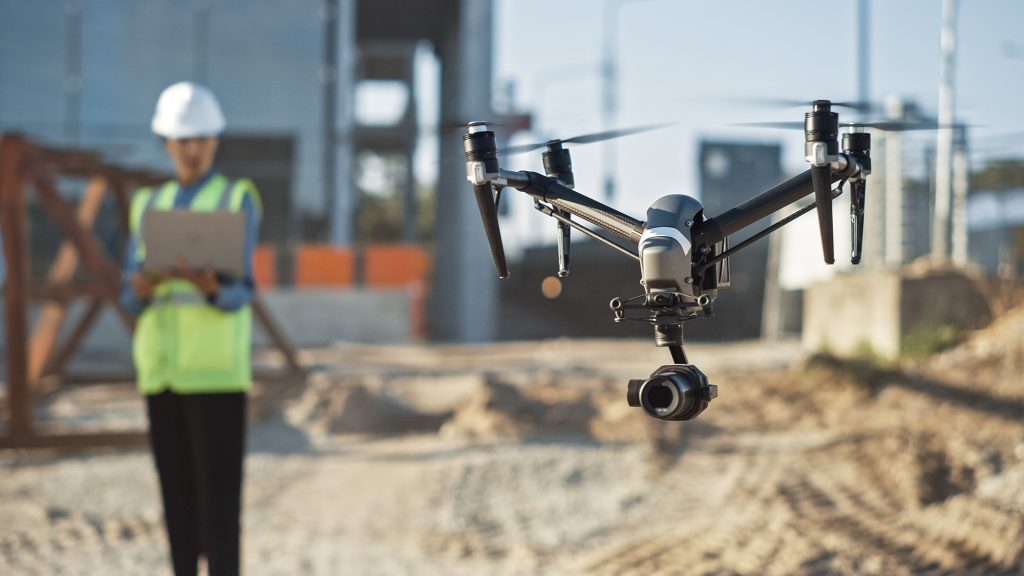
Surveillance and Remote monitoring:
Drones are transforming surveillance and remote monitoring across sectors like security, agriculture, construction, and environmental science. Equipped with cameras and sensors, drones capture high-resolution images and video for real-time monitoring. They help detect threats, track activities, and identify changes or patterns over time. Oil and Gas
Additionally, drones collect data on temperature, humidity, air quality, and radiation. This supports crop health monitoring, tracks construction progress, and ensures environmental and facility security. Over time, drones can detect long-term trends—like changes in crop conditions, environmental shifts, or construction milestones. Overall, drones offer a safe, efficient, and cost-effective solution for gathering insights, improving awareness, and supporting data-driven decisions.
Proactive Maintenance and Inspection:
Drones are transforming proactive maintenance and inspection across industries like construction, energy, transportation, and manufacturing. They capture detailed images and data on assets such as buildings, pipelines, vehicles, and machinery. Equipped with cameras and sensors, drones quickly identify potential issues before they escalate.
Additionally, drones reduce the need for manual labor by covering large or hard-to-reach areas efficiently. They complete inspections in less time while improving safety and minimizing operational disruptions. With advanced sensors, drones collect precise data that supports timely maintenance and informed repair decisions.
Overall, drones offer a safe, accurate, and cost-effective solution for proactive maintenance and asset inspection.
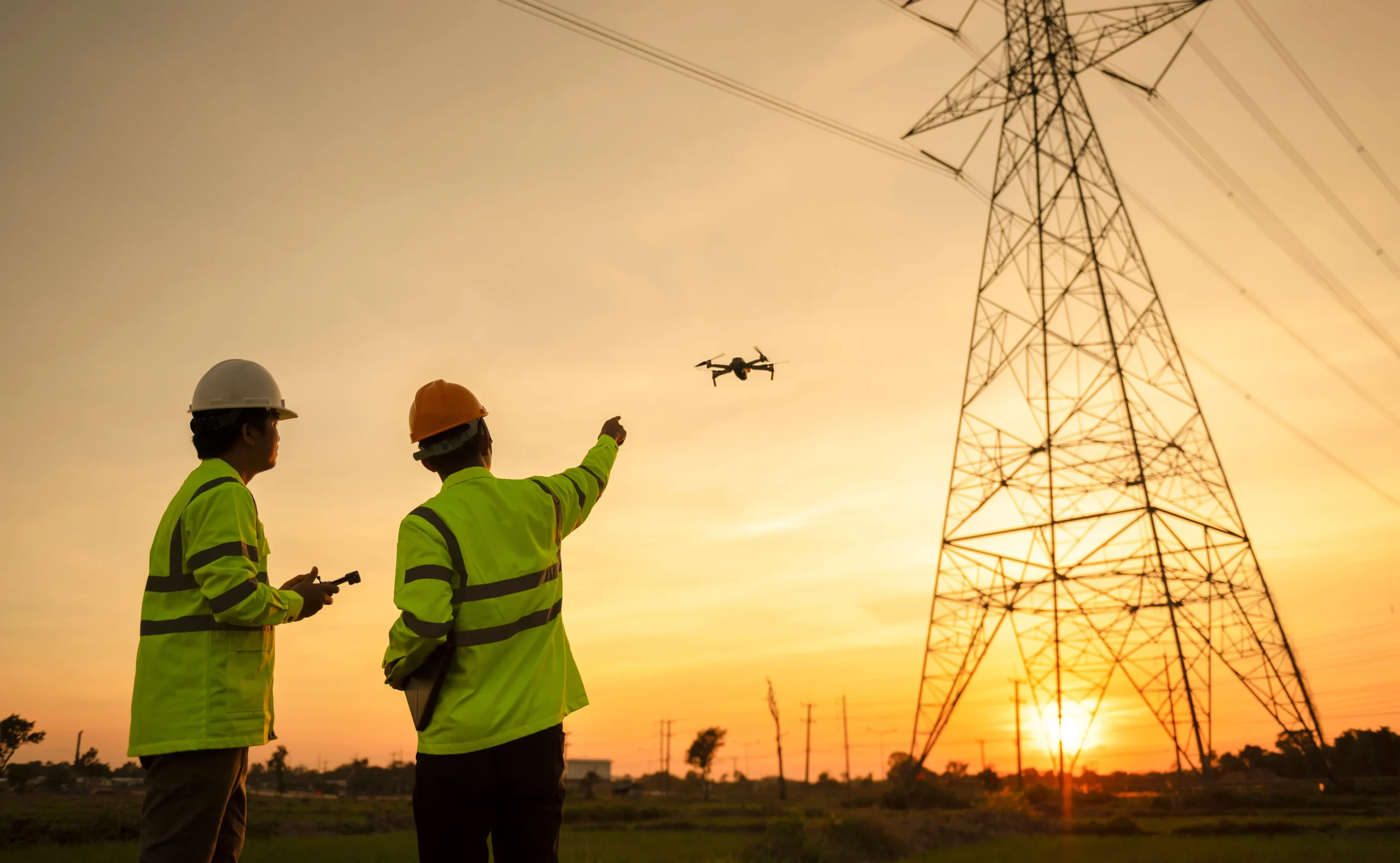
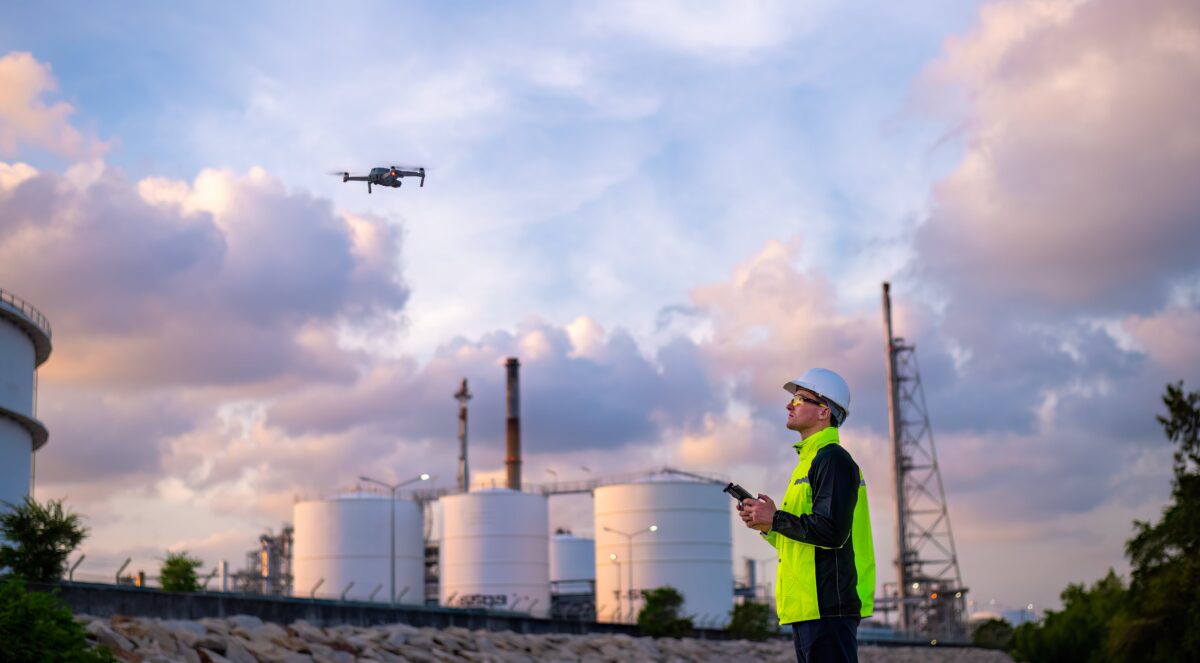
Management of methane:
Methane Emission Monitoring:
Drones now detect and quantify methane emissions from oil, gas, agriculture, and waste management sources. They carry sensors and instruments to measure methane concentration and pinpoint emission sources in real time. Moreover, drones monitor how well methane capture and control technologies perform at industrial and waste facilities. In agriculture, drones detect emissions from livestock operations and manure management systems with improved accuracy. Overall, drones offer a safe, efficient, and cost-effective method to manage emissions and track control technology performance.
Emergency Response:
Drones actively assist in search and rescue by capturing images and locating missing persons in disaster-hit zones. Moreover, drones quickly deliver supplies or transport injured people to medical centers during emergency situations. Rescue teams rely on drones to monitor disaster progress and coordinate rapid, real-time response efforts effectively. In addition, drones enhance public safety by monitoring large crowds and supporting crime or accident investigations. Overall, drones offer a fast, reliable, and cost-effective tool to strengthen emergency response and public safety measures.
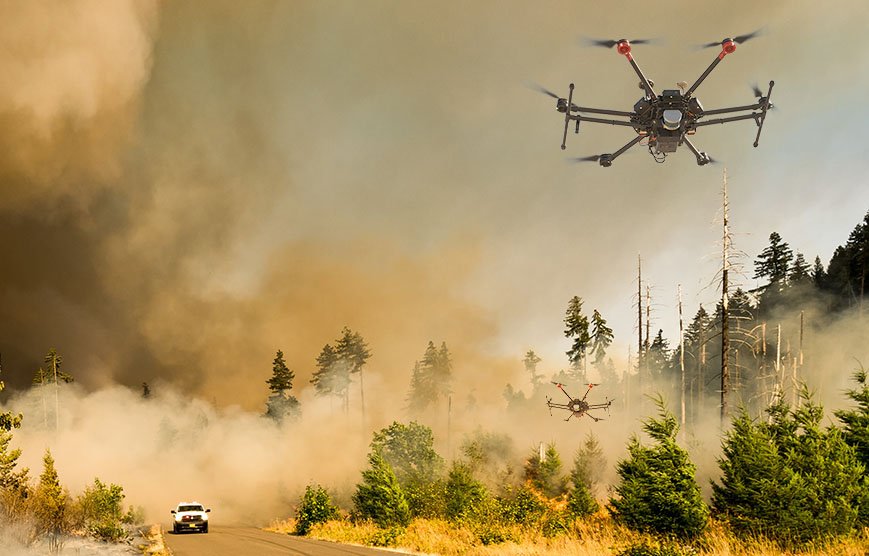
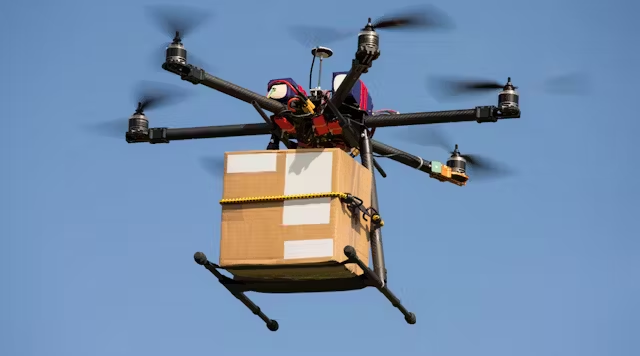
Material logistics:
Drones support material logistics across industries like transportation, retail, and healthcare with speed and precision. They quickly deliver products such as food, retail items, and medical supplies to various remote and urban locations.
Additionally, drones transport goods between warehouses or move items within large facilities for better workflow. Operators use sensors on drones to track goods, verify shipments, and optimize delivery routes in real time. Overall, drones offer a safe, efficient, and cost-effective solution to improve logistics accuracy and delivery speed.
Enhancement of Workplace Safety:
- Drones are being used for material logistics in various fields, including transportation, retail, and healthcare.
- Drones can be used to deliver a variety of products, including food, retail items, and medical supplies, to a wide range of locations.
- Drones can also be used to transport goods between warehouses and distribution centers or within a facility.
- Drones can be equipped with sensors and other instruments to track the movement of goods and optimize delivery routes or to verify the accuracy of orders and shipments.
- Overall, drones are providing a safe, efficient, and cost-effective way to deliver goods and improving the efficiency and accuracy of material logistics processes.
